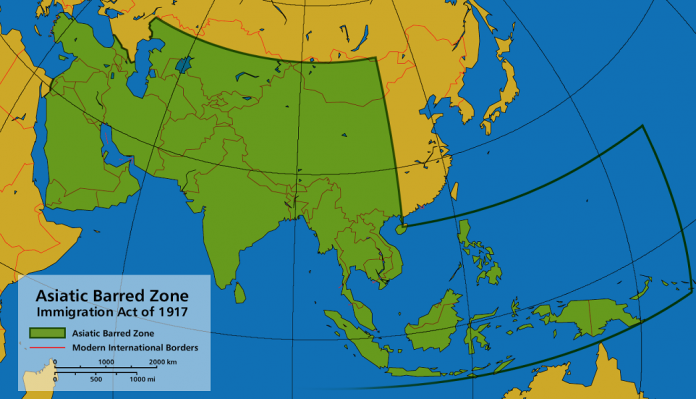
At the end of the 19th century, initiatives were in place in the United States seeking restrictions on immigration. One of the key criteria they wanted to impose on immigrants was literacy tests. There have been more attempts to introduce legislation that would introduce literacy as a basic entry criterion for potential immigrants, but all have fallen for technical reasons or because of the veto of the US president. For example, President Woodrow Wilson vetoed 1915 because he felt that discriminating against people who had not had the opportunity to get an education was thus discriminated against.
Another impetus for attempts to curb immigration was the fear of diluting American cultural identity. The immigrants from Asia (the so-called yellow danger) were especially afraid in this regard, as some thought that by their abundance they could drown American culture in their own. One law even banned Chinese women from entering US territory.
On February 5, 1917, the U.S. Congress passed the 1917 Immigration Act by a large majority, bypassing the veto President Wilson had issued in December of the previous year. The act prohibits the entry of people described as alcoholics, anarchists, permanent contract workers, criminals and prisoners, epileptics, low-minded, idiots, illiterates, imbeciles, lunatics, homosexuals, poor people with infectious diseases, people with physical or mental disabilities, political radicals , polygamists, prostitutes or vagrants. Furthermore, an Asian Prohibition Zone was defined from which immigrants were not accepted at all. It covered the area from Turkey and the Sinai Peninsula in the west across India and all the way to Southeast Asia including much of China. The law remained in force until the 1940s.




